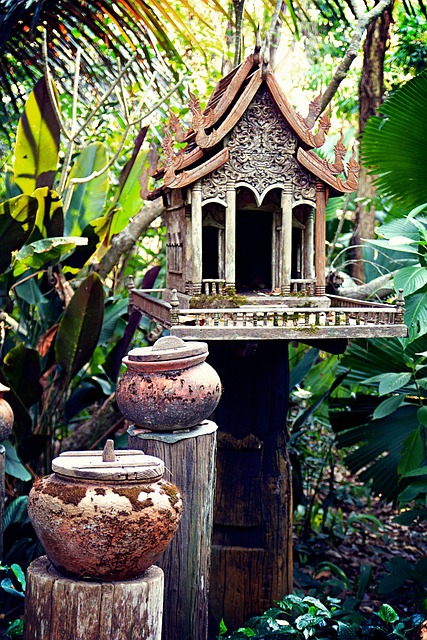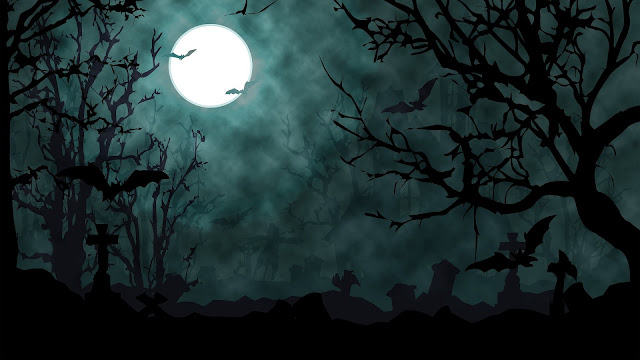The Spirit Houses of Southeast Asia
One of the things I like about urban fantasy is finding magic in the most unexpected places. Well, what if magic were everywhere?
It is in some places. I introduce you to … the spirit houses of Southeast Asia.
Many Asian cultures believe nature and places are rife with spirits who may interfere in human affairs. These spirits can be good or evil, good-natured or bad-tempered, helpful or mischievous.
In Southeast Asia, this animistic belief is so strong that many people erect actual accommodations for the spirits outside their homes and businesses. Spirit houses come in all sizes (some are large enough for humans to enter). They are most often small, mounted on pillars or daises and located in an auspicious spot on the property.
Some people place little figurines in these structures. They also place gifts—usually flowers, fruits, food and drink—in or near the houses. Anything to keep the spirits happy.
Spirit houses are especially popular in Thailand and Cambodia. They were starting to catch on among the ethnic Chinese in Singapore when I lived there.
Chinese spirit houses may be referred to as Tudigong houses. Tudigongs (or “earth elders” in Mandarin) are deities that protect specific geographical locations.
When a spirit house falls into disrepair or is damaged, it can’t just be thrown away. That could anger the spirits. There are special ceremonies to dispose of the structures. They can also be brought to the local temple, or placed at the foot of certain trees considered to be sacred.




Comments
Post a Comment